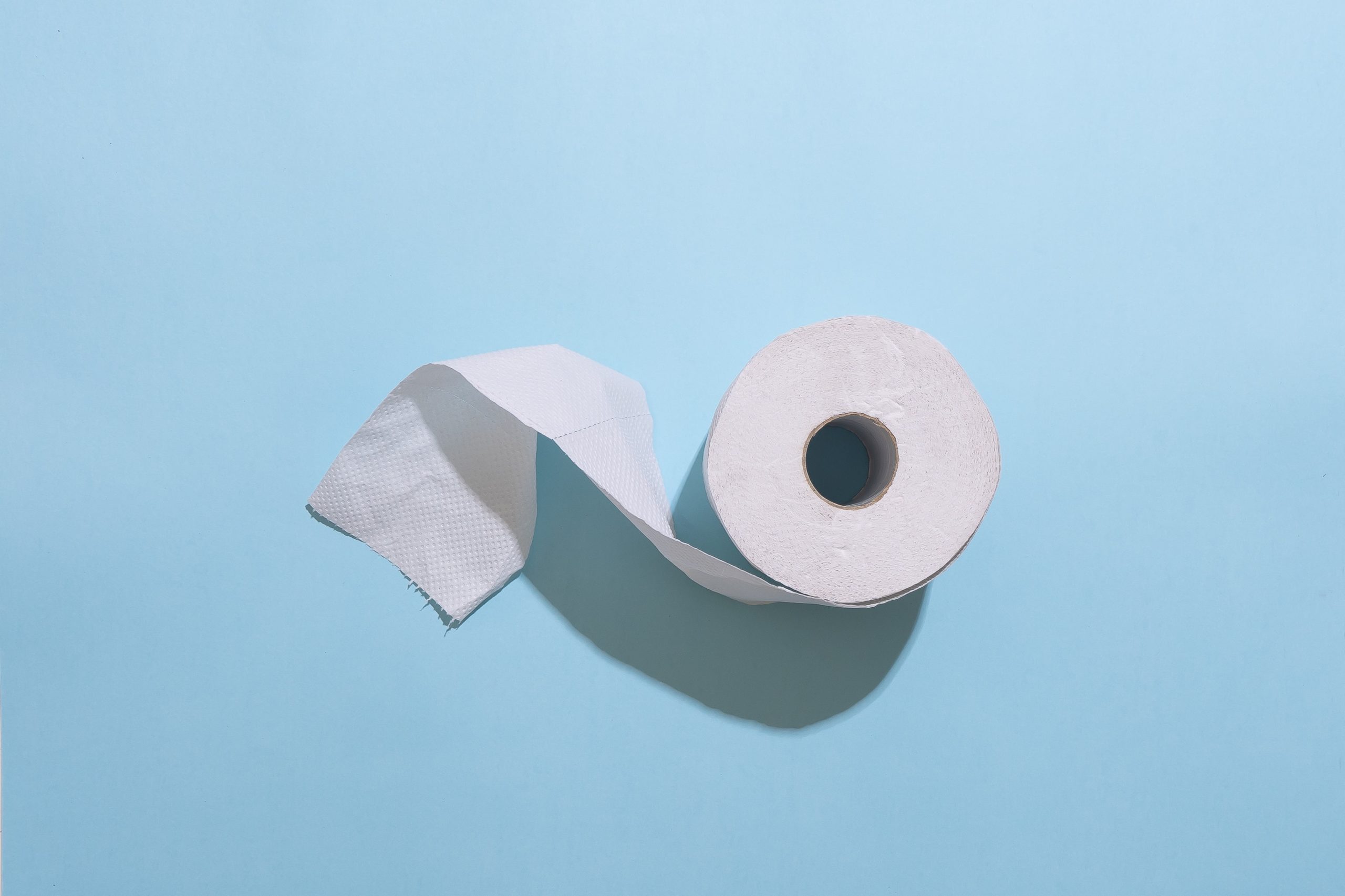Most of us don’t really look at the color of our urine unless we suspect a problem. Urine, or “pee,” is described as the liquid waste made by the kidneys as they filter toxins from your blood. It is made up mostly of water, but it also contains salt and chemicals such as urea, which aids in nitrogen excretion, and uric acid. We should pay attention to the color of our urine as it is an indicator for what is going on inside our body.
What does normal urine look like?
Normal urine should be a pale, straw yellow to light gold in color. This can vary depending on how much water you drink, the foods or medications you are taking and illnesses.
So what should you look for before you flush?
Dr. Greg Bailey, MD and urogynecologist from the Women’s Pelvic Health Center in Gainesville explained that people are always told to drink, drink, drink so they don’t get dehydrated.
“Many patients complain of frequency of urination but proudly tell me they’re drinking 8–10 glasses of water a day. The best way to tell if you are dehydrated is to look at your urine. If it’s clear you are overhydrating, if it’s gold you’re dehydrated and if it’s yellow it’s perfect.”
On rare occasions, overhydration can cause hyponatremia, which affects the body’s sodum levels.
Any very dark or brown urine is a sign of major dehydration or potential liver problems. If fever, pain or vomiting accompanies any abnormal urine, you should seek medical advice right away.
Seeing pink or reddish colors can indicate the presence of blood in your urine, but not always. There are certain foods (like beets and even blackberries) that can create this hue as well. Phenazopyridine, a common medication used for urinary tract infections, will turn urine a red-orange color. So before becoming alarmed about color, consider what you have ingested. However, blood in your urine could be an indicator of kidney or prostate problems so don’t just ignore it.
Some people may see a blue or green color to their urine, which is usually due to dyes used in foods or medications.
“Of course there are other supplements and vitamins that might change your urine’s color. The classic is vitamin B2 (riboflavin), which is a common ingredient in multivitamins. It can turn your urine bright yellow and almost fluorescent,” said Dr. Bailey.
Susan Barefoot, RN at Women’s Pelvic Health, said that if you suspect something is unusual with your urine, the best thing you can do is to see your doctor and give a urine sample for testing. “Sometimes a seemingly abnormal looking sample will turn out to be clean and vice versa with a normal looking one.” A lab test will check for color, clarity (clear is good, cloudy is not) as well as the presence of bacteria and the chemical composition of your urine.
Odor and Frequency Are Also Important!
Unless you are eating asparagus a lot, your urine shouldn’t have a strong odor. Dehydration will cause an ammonia-like smell, and if you notice other odors, it can indicate a problem such as a UTI, bladder infection, diabetes or even a metabolic disorder.
As Dr. Bailey said, frequency is directly related to how much and how frequently you are getting fluids. On average, most people have to go up to eight times a day. Caffeine, alcohol and pregnancy can all cause more frequent urination. If you find yourself having to go more often, especially if you cannot go after having the urge or you cannot empty or control your bladder, you may have a health problem such as overactive bladder or interstitial cystitis and you should contact your doctor.
Related articles
Learn Basic Football Rules And Terms To Talk Sports With Anyone!
Should You Wear Underwear When You Workout?
Exercises That Benefit The Body And The Brain


